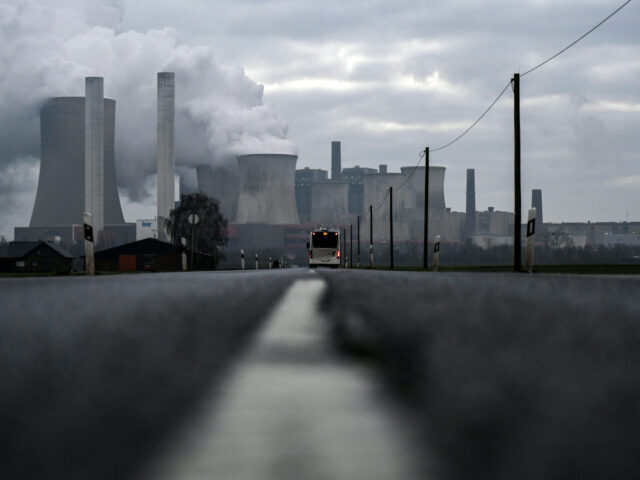Global use of coal climbed to a record high this year as the energy crisis in Europe saw some supposedly ‘green’ countries forced to burn coal amid reductions of natural gas flows from Russia.
The International Energy Agency (IEA) said in its annual report on Friday that global coal use surpassed 8 billion tonnes in a single year for the first time on record after increasing by 1.2 per cent in 2022. The Paris-based agency said that when looking at current market trends, the energy source will likely remain steady through 2025 and therefore remain the most common form of carbon dioxide emissions “by far”.
Europe, which has been heavily impacted by Russia’s sharp reductions in natural gas flows, is on course to increase its coal consumption for the second year in a row. However, by 2025, European coal demand is expected to decline below 2020 levels.
“The world is close to a peak in fossil fuel use, with coal set to be the first to decline, but we are not there yet,” said Keisuke Sadamori, the IEA’s Director of Energy Markets and Security.
“Coal demand is stubborn and will likely reach an all-time high this year, pushing up global emissions. At the same time, there are many signs that today’s crisis is accelerating the deployment of renewables, energy efficiency and heat pumps – and this will moderate coal demand in the coming years. Government policies will be key to ensuring a secure and sustainable path forward.”
Yet it was arguably decades of foolhardy pursuit of implementing a green agenda across Europe that left it vulnerable to the energy crisis sparked by the war in Ukraine.
Countries such as Germany and the United Kingdom, among others, have banned fracking for natural gas domestically while attempting to transition to unreliable energy sources such as wind and solar — both of which are heavily dependent on Communist China.
Natural gas, which burns cleaner than other forms of fossil fuels, has been a major factor in driving down emissions in the United States to their lowest levels in over three decades.
Though Germany and Britain are still heavily reliant on the energy source, they have spurned the idea of tapping their domestic supplies, with the British government’s own estimates claiming that the deposits at the Bowland Shale could supply up to 50 years of energy at current usage.
Germany also has significant deposits of its shale gas, with some claiming that it could provide up to a quarter of a century’s worth of natural gas remaining underground.
Yet the governments in London and Berlin seem content leaving such resources untapped — despite seemingly having no qualms about producing gas, including by fracking, when it is done overseas. Indeed, since the breakdown in relations with Russia, Germany has turned to the Sharia kingdom of Qatar for natural gas and the United Kingdom has turned to the United States to meet its gas demands.
Both countries were forced this year to bring back coal-powered stations to meet their overall energy demands. Earlier this month, Britain’s National Grid announced that it would fire up two coal reserve power plants in order to mitigate the low amounts of wind power being produced and hopefully prevent potential blackouts. In August, Germany was forced to do the same, with the government’s economy and climate minister, Robert Habeck of the Green Party, saying that it was a “bitter” but a necessary evil.
Germany’s goals of cutting carbon emissions have all but gone up in smoke this year, with a study finding that despite the country’s plan to ban coal being moved forward to 2030 in order to offset current usage, 164 million tonnes of extra carbon dioxide was pumped into the atmosphere because of the increased use of coal even when taking into account the expected 2030 ban.
The reality is that whatever Europe does to reduce coal usage will likely have little impact on global emissions, however, given Communist China and other Asian countries’ reliance on the energy source. Over the past five years alone, China has commissioned 226 coal-fired power plants.
In its report, the IEA said: “In China, the world’s largest coal consumer, a heat wave and drought pushed up coal power generation during the summer, even as strict Covid-19 restrictions slowed down demand.”
“Developments in China, the world’s largest coal consumer, will have the biggest impact on global coal demand in the coming years, but India will also be significant,” they added.
Follow Kurt Zindulka on Twitter here @KurtZindulka

COMMENTS
Please let us know if you're having issues with commenting.